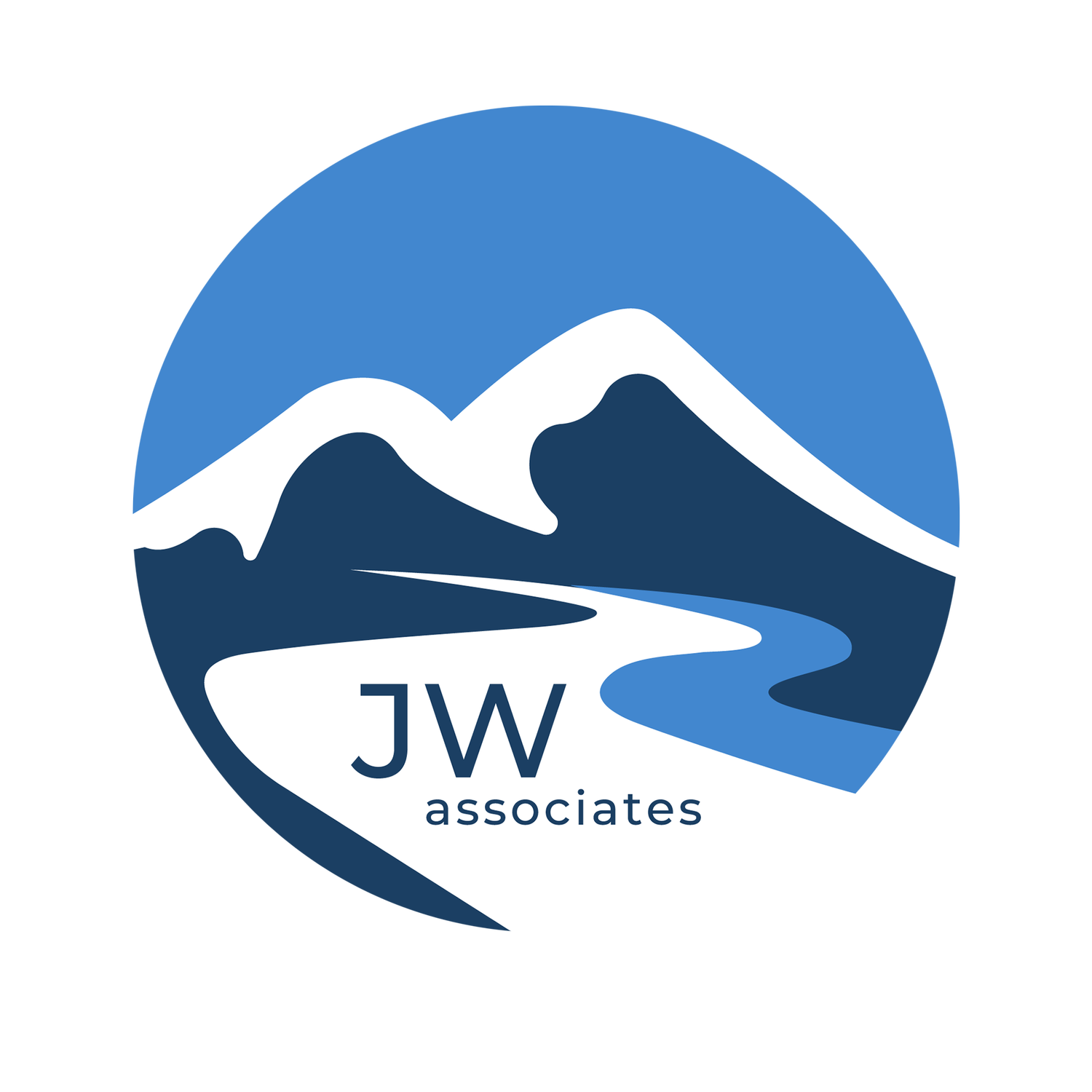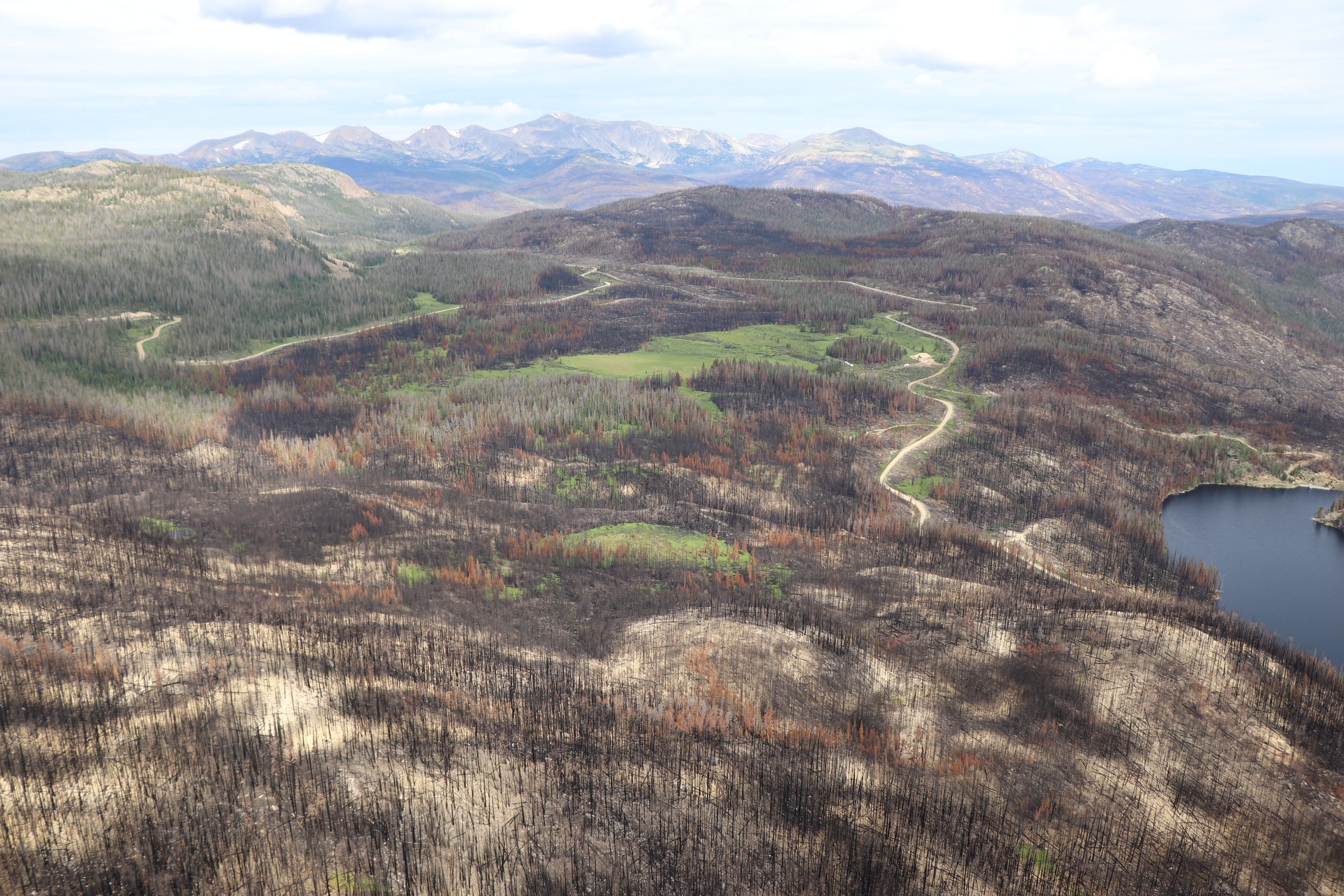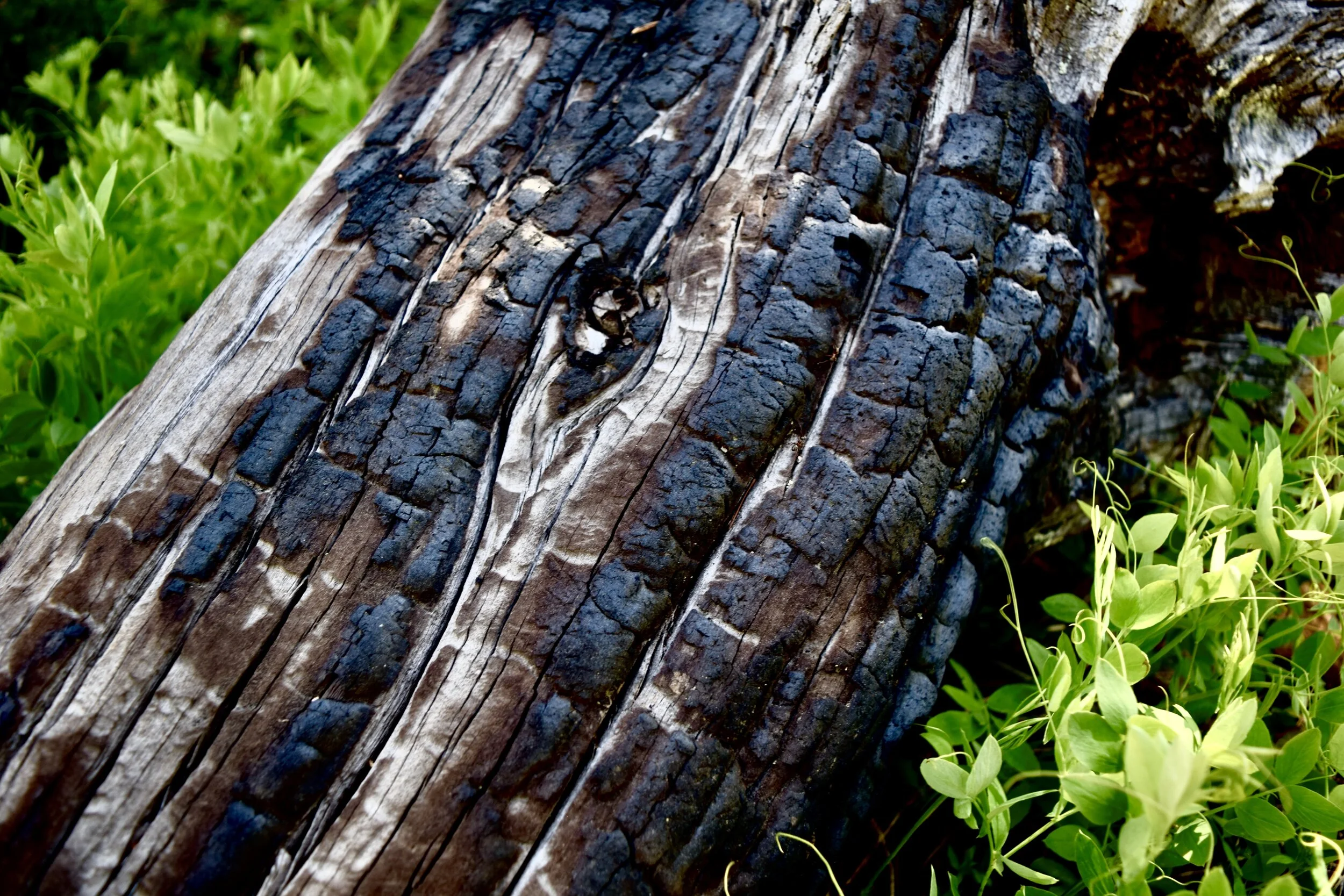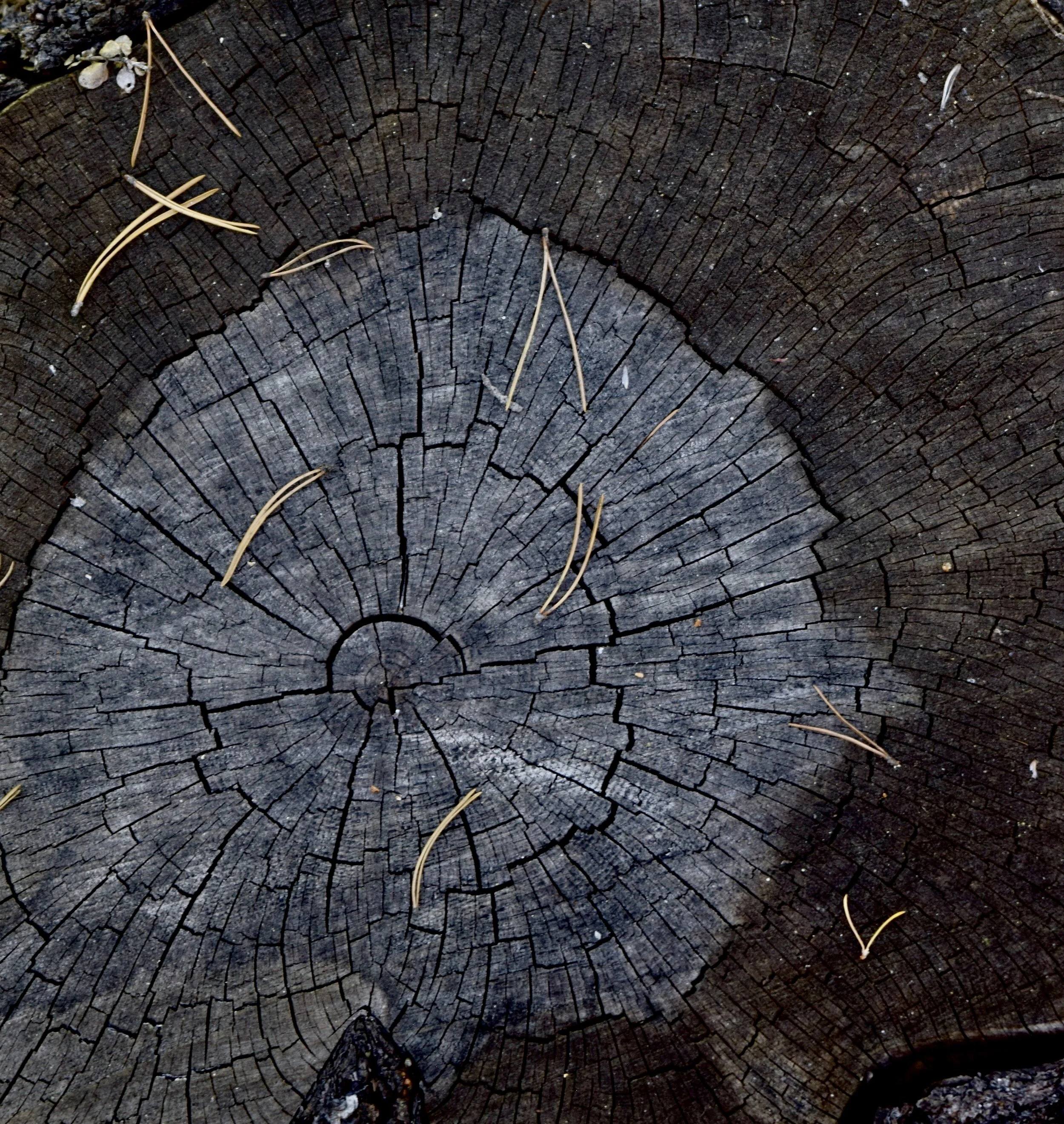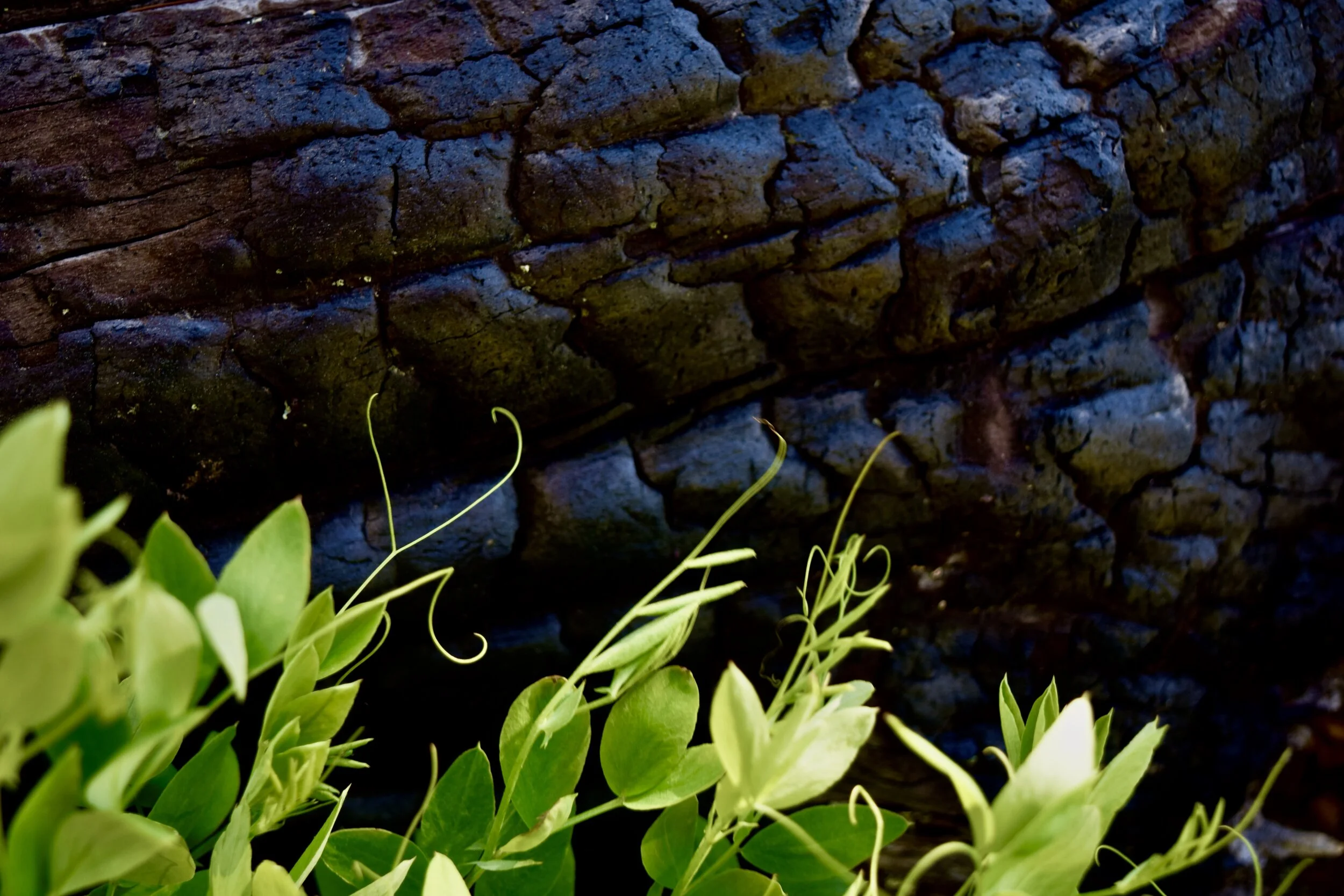
Pre-& Post-wildfire Planning & Mitigation
Wildfire Hazard Reduction Planning and Actions
It is recommended that water supply agencies plan for wildfires in their watershed(s). Planning for future wildfires now is prudent because actions following wildfires are emergency actions and there is little time to determine the best actions. Wildfire hazard reduction or watershed protection actions are logically different before a wildfire than after one, although there are some common actions. JW Associates has completed a number of projects that have included planning pre- & post-fire actions as well as post-fire mitigation. Targeting post-fire actions to those areas where actions would be most effective as well as most protective of downstream resources is critical to post-fire mitigation success.
Steps of Planning & Mitigation
-

Stakeholder Collaboration
-
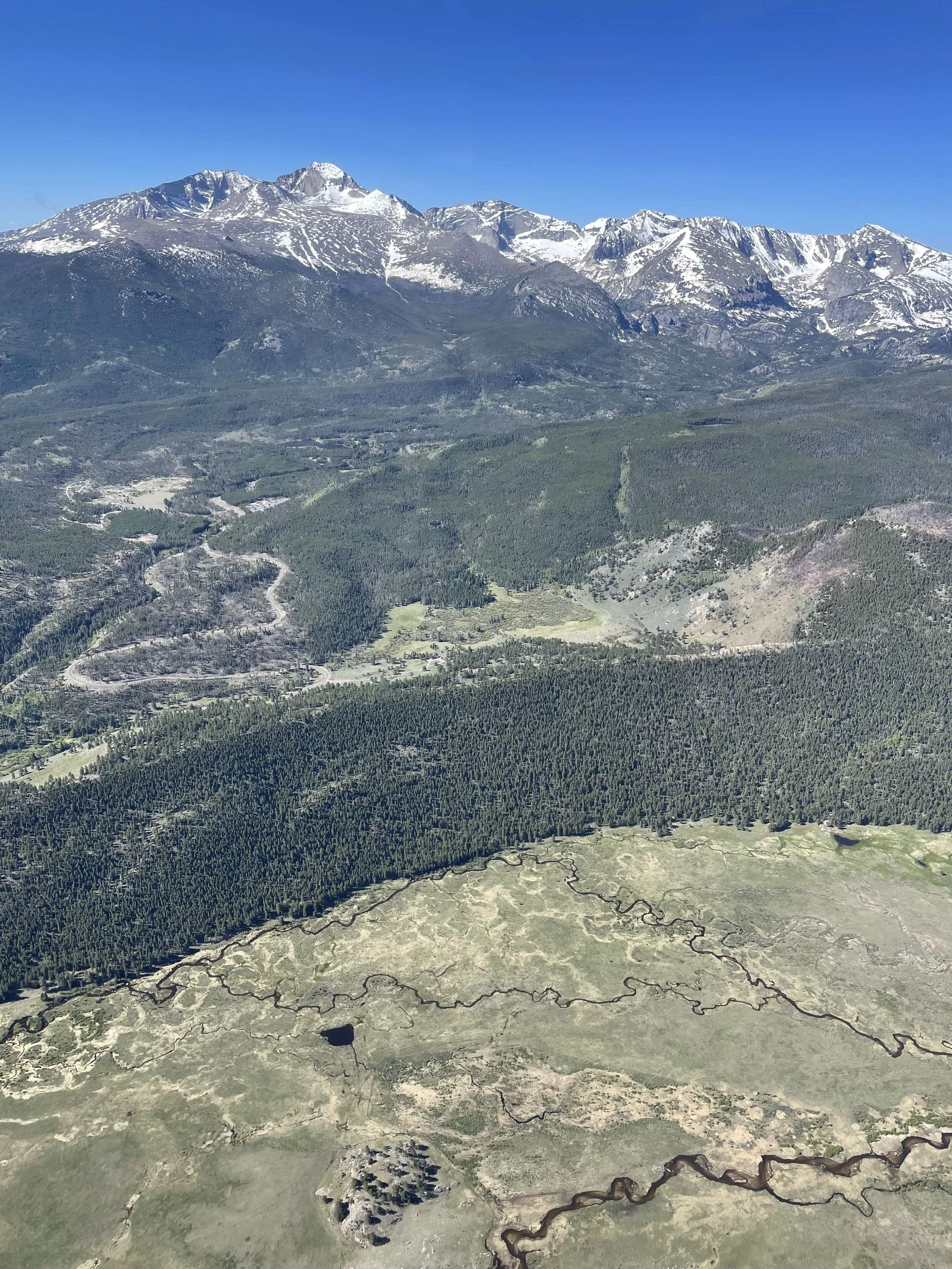
Pre-Fire Watershed Assessment
-
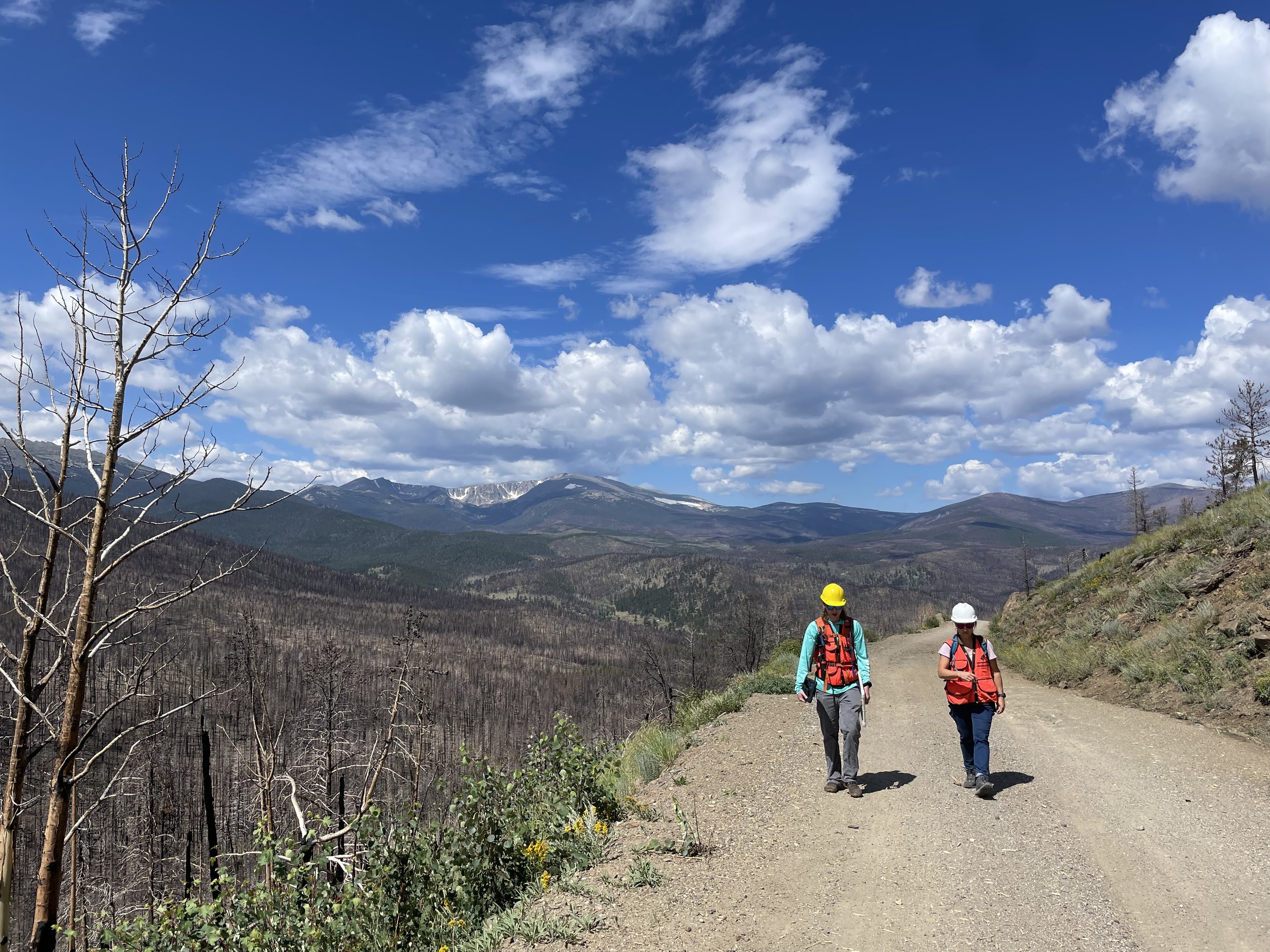
Post-fire Mitigation
Cameron Peak Post- Fire Restoration Project
The goal of this post-fire project is to mitigate the negative consequences of the wildfire to high priority watershed values including water quality and supply, river ecosystem function and health, and to reduce flood impacts to downstream communities in both the Cache la Poudre and Big Thompson watersheds. In collaboration with various organizations, our work focused on identifying high-priority areas for the application of mulch in post-fire slope stabilization efforts, along with inspections of the mulched areas for short term and long-term effectiveness of mulching treatment.
High Park Fire Watershed Protection & Restoration
JW Associates worked with a coalition on targeting watershed protection and restoration projects in the High Park Fire burned area west of Fort Collins, Colorado. The Cache La Poudre watershed is a major water supply for the Cities of Greeley and Fort Collins. Our work on this project included creating a watershed targeting approach that focused the watershed restoration projects to the highest hazard areas.
Upper Poudre Recovery & Resilience Watershed Plan
Following the High Park Fire many different agencies and groups completed numerous mitigation projects aimed at minimizing the negative effects of the fire on different values. Due to different goals and objectives, as well as limits of funding, both in amount and restrictions, some additional post-fire restoration projects remained years after the fire. This project identified remaining post-fire restoration projects and prioritized them for funding and implementation.
Hewlett Gulch Fire Recovery
The Hewlett Gulch Fire burned just west of Fort Collins, Colorado in the spring of 2012. Most of the area of high burn severity was within the immediate drainage area of the Milton Seaman Reservoir, which is owned and operated by the City of Greeley. The City of Greeley hired JW Associates to review the BAER, complete an analysis of the situation and provide recommendations on protection measures that would protect water supplies.
